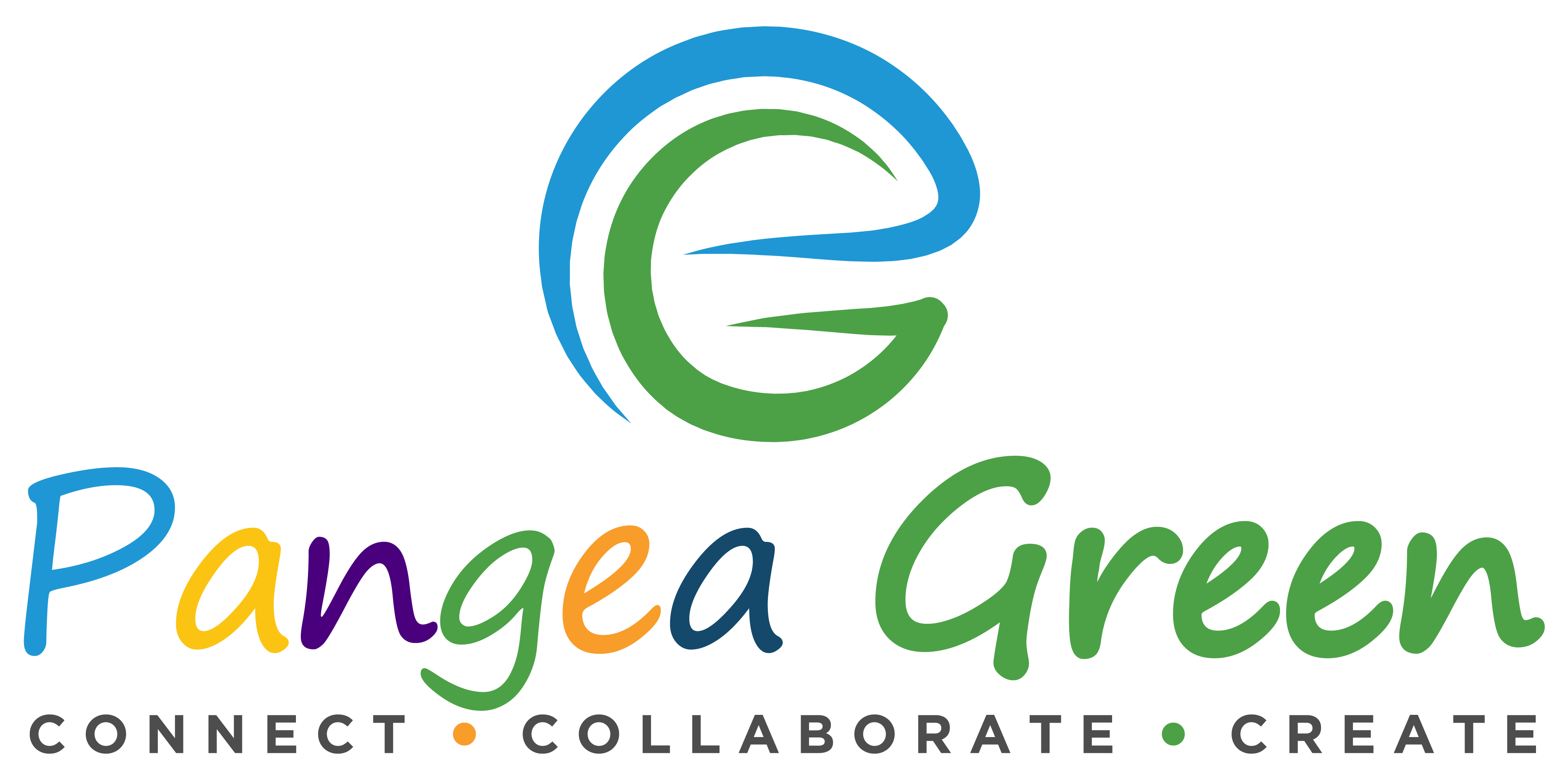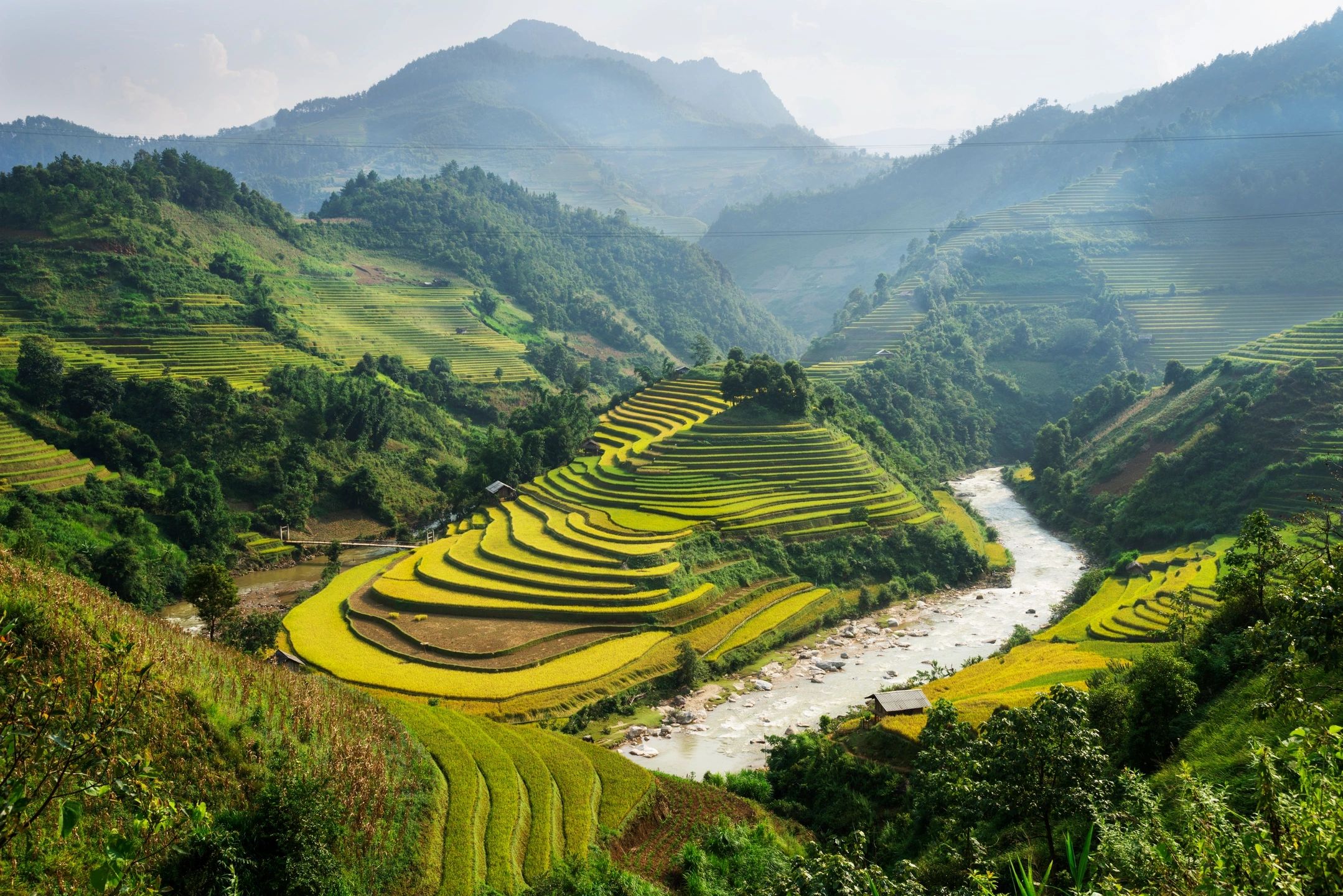Our current economic system consist in a take-make-waste process where we extract materials from the Earth, manufacture products from them, in which waste is also generated and disposed. Once those products are no longer useful to us, we disregard them as waste as well. In this linear economy, we expect nature to process and digest all while we continue exploiting the Earth for new raw materials. This system is not sustainable because the resources on our planet are finite. By contracts, in a circular economy, waste is designed out of the process finding new uses for it, and injecting it back into the economy, and by doing that we manage to close the loop. In return, less virgin materials are required preserving our natural resources for longer and less waste is disposed in landfills or incinerated allowing the nature to restore. The end result is a new society that lives and thrives within the limits our own planet.
Circular economy is an economic system based on the reuse and regeneration of materials and/or products, especially as a means of continuing production for a sustainable economic and social development. The adoption of a circular economy is at the core of achieving the UN 17 sustainable development goals.
To achieve such a system, we must transmute and remodel every step of our current linear system: we must understand how we manage resources, how we make and use products, and what we do with the materials afterwards in order to restructure processes that will connect suppliers, manufacturers and end users in brand-new ways allowing waste to be designed out of the product lifecycle.
A systems solution framework that tackles global challenges like climate change, biodiversity loss, waste and pollution, is a resilient system that is good for business, people, and the environment.
The circular economy is based on three principles, driven by design:
Eliminate waste and pollution
Noting that was the process design the one who brought the waste problem in the first place, finding new ways of process design will also bring the solutions to waste. And although we might think know that waste is inevitable, in reality, waste is only the result of design choices. There is no such thing as waste in nature, every output is upcycled into new inputs of equal or greater value. Hence, it is necessary to strive for designs where processes create by-products instead of waste, and that products and materials can re-enter the economy at the end of their use.
Circulate products and materials (at their highest value)
When we keep materials and products in use at its highest value for as long as possible we manage to revalue potential waste and phasing it out of the equation.
There are a some methods to keep products and materials in circulation. However all methods employ one or both of these 2 fundamental cycles: 1) the technical cycle ,and 2) the biological cycle.
In the technical cycle, products are reused, repaired, remanufactured, and recycled. Products and materials flow through maintaining their highest possible value at all times. Perdurable materials like metal, plastic and wood will classify for this cycle.
In the biological cycle, biodegradable materials are returned to the earth through processes like composting and anaerobic digestion. This cycle assist in the regeneration of the natural capital. Only materials that can be safely returned to the biosphere are suitable for these processes.
In order for materials and products to successfully circulate either the biological or the technical cycle, it is indispensable that they are designed with circularity in mind. That means that designers are required to think about durability, how the product can be repaired if necessary, components replaced, and eventually, how all these different materials will be separated and recycled back into the technical or the biological cycle.
Regenerate nature
By moving from our current take-make-waste linear economy to a circular economy, we preserve our natural resources for longer and dispose less waste, supporting natural processes, allowing nature to restore, regenerate and thrive.
Minimising the necessity of exploiting natural resources, we can stop the degradation of the natural environment, and in return induce the natural regeneration processes. Hence, building natural capital for future generations.
A circular economy that is restorative and regenerative by design needs to work effectively at all scales – for big and small businesses, for organisations and individuals, globally and locally. A swift from consumers of products and materials to users require a differential classification between biological materials and technical materials, being the first class the only ones that can be consumed, while the second class shall be understood as used. Although subtle, it is an important distinction that enables the circularity wheel to get in motion.

